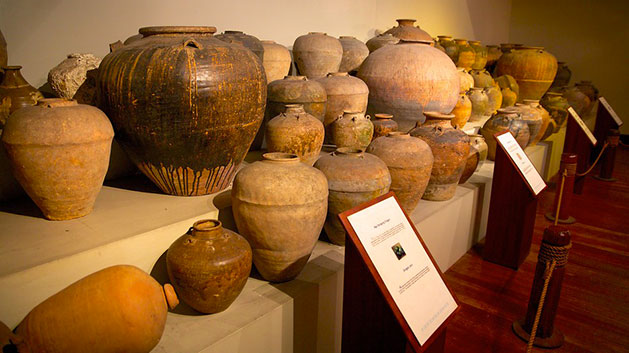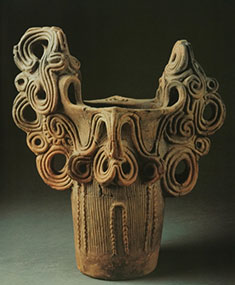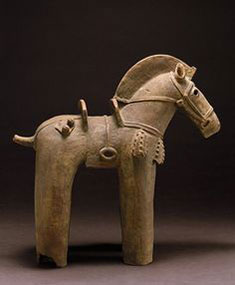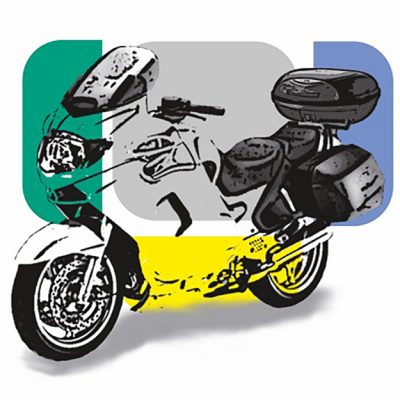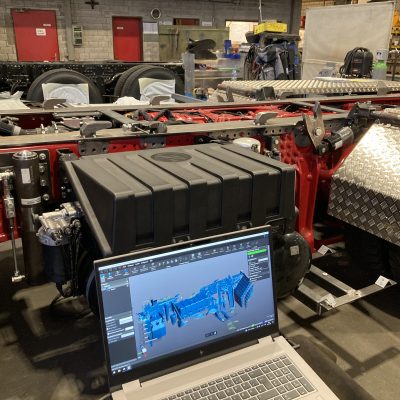December 13, 2023
Revolutionizing Design: INTAV’s Journey with 3D Scanning for Motorcycle Accessories See the articleHow important is the resolution of your 3D scanner? While the industrial world obviously also requires great accuracy and resolution, this need becomes paramount when it comes to applications related to heritage preservation. Highly visual, detail-oriented and sometimes especially vulnerable to their environment, the artifacts art historians and archeologists have to handle greatly depend on a high resolution.
There are a lot of 3D scanners on the market, even DIY 3D scanners. And we have to admit we’re impressed by the tinkering abilities and resourcefulness of some people out there! But when it comes down to professional needs and often intricate objects, frankly, there is no contest.
What a high-quality 3D scanner can bring
What is the most important thing a 3D scanning technology can bring to a university faculty or museum? High-quality scan data. Flexibility. Simplicity. And all three are present in our Go!SCAN 3D, which can pretty much revolutionize the classroom (or museum exhibition).
Display at the National Museum of the Philippines in Manilla
Students no longer have to rely on images to study artifacts. Before, it was the only way since objects and artifacts are often fragile and need to be kept in temperature and humidity-controlled areas.
But a quick and easy task with a fast scanner can change all that. The integrity of the object is entirely preserved, since the surface doesn’t have to be altered nor even covered with positioning targets. And once scanned, the artifact can be 3D printed (in several copies if need be) and made available to students in class. When using a high-quality 3D scanner with great precision and resolution, the copies are simply amazing. Every little detail, flaw and peculiarity of the object is present and palpable, making the experience all the more real.
On display at The British Museum in London: Flame and water pot.
Prehistoric ceramic art from Japan
Of course, 3D printing is only part of what can be done with 3D scans! 3D models can be shared across all the researcher community, containing not only all the artifacts’ features, but adding every shade of every color that is present in reality! One discovery or artifact can thus go from local to global, spreading a highly dynamic from of knowledge.
Invest in the best
Put quite simply, the better the scan, the better the output –whether a 3D printed object (see 3D printing for dummies) or a 3D model to share. Precision, accuracy and resolution will always win in a professional context.
On display at The Minneapolis Institute of Arts: Horse, dating from the Japanese Kofun period.
Among the most distinctive and compelling works to survive from prehistoric Japan.
Go see our online repository of 3D Models, all made using a Go!SCAN 3D. There are several actual museum artifacts in there, and their level of detail (and color!) is just stupendous. It offers the best resolution and precision in the market, while also remaining an affordable 3D scanner, not to mention an amazing value for its price. Just think of all the possibilities for your own applications!
Image Credits: The British Museum, The Minneapolis Institute of Arts, Tourism Media

